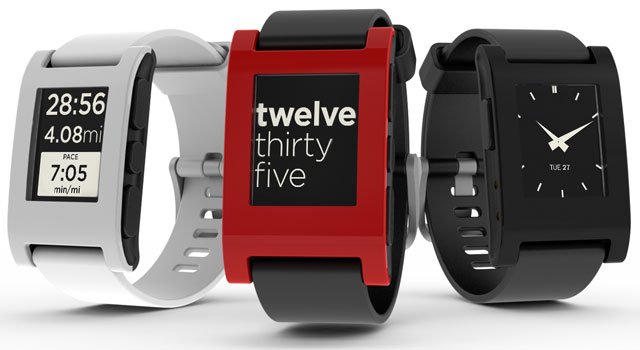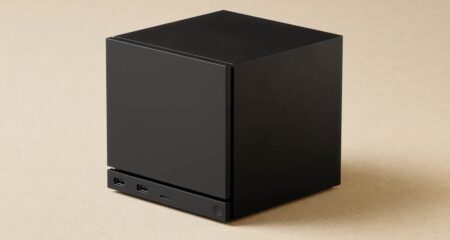
Imagine lounging on your couch on a Sunday afternoon when your phone rings. It’s lying on a table and getting up to see who’s calling will prove disruptive. Now, imagine wearing a wristwatch that’s connected to your phone that tells you — simply by glancing at your wrist — who’s calling, so you can decide whether or not it’s worth the exertion.
This is just one of the clever things a new generation of modern wristwatches, called “smart watches”, are able to do. They can also help you get into shape, monitoring your exercise and offering you advice, after you’ve been lazing on that couch for too long.
Arguably the most exciting of the smart watch projects is the $150 Pebble E-Paper Watch, which recently raised $10,3m through Kickstarter, the online crowd-funding website. Pebble raised the most of any Kickstarter project in history, with nearly 70 000 people contributing money, suggesting there’s huge pent-up demand for smart watches.
Pebble was expected to go on sale this week to people who had preordered the product, though an initial production volume of 15 000/week means it may take some time to clear the growing backlog of orders.
What’s captured the attention of consumers is the customisability of Pebble and its e-paper screen (similar to the technology used on Amazon’s Kindle) which means battery life of more than a week between charges. Users can download new watch faces and install Internet-connected applications.
According to Pebble’s creators, cyclists, for example, can use Pebble as a bike computer, accessing the GPS on users’ smartphones to display speed, distance and pace data. Similarly, runners can use it to check their performance. The watch can also be used to control music playback from the phone and there’s even a rangefinder app for more than 25 000 golf courses around the world.
Anyone can build third-party apps for Pebble, too, thanks to a free software development kit — a smart move by Pebble’s developers, who won’t have thought of all possible applications, to extend the functionality of the device.

Pebble connects to Android smartphones and the Apple iPhone using Bluetooth and the watch can show you who’s calling and your latest messages, as well as Facebook and Twitter updates, weather alerts and reminders about meetings.
But the Pebble is not the only game in town. Sony’s $150 SmartWatch, which has a 1,3-inch organic light-emitting diode display, went on sale in 2012. However, it works only with certain Android-based smartphones.
Another exciting project to keep an eye on is Neptune Pine, a touch-based smart watch being developed by Canada’s Neptune Computer. Unlike Pebble and Sony’s SmartWatch, Neptune Pine, which has a 2,5-inch touchscreen display, doesn’t need to pair with a smartphone to provide its functionality. It’s the first watch to have all of the features of a modern smartphone, allowing users to make and receive calls, shoot video, take photos, check their e-mail, browse the Web and listen to music. It even has integrated Wi-Fi and 3G. It’s expected to go on sale later this year and is available for preorder at C$395.
Why isn’t Apple playing more aggressively in this space? It seems like a logical area of expansion for the maker of iPods and iPhones. Though some eager consumers have long used the sixth-generation iPod nano as an improvised smart watch, the US technology giant has shown no inclination to get into the business directly.
With or without Apple, though, the market for smart watches is set to ignite in 2013. — (c) 2013 NewsCentral Media
- Duncan McLeod is editor of TechCentral; this column is also published in Financial Mail




